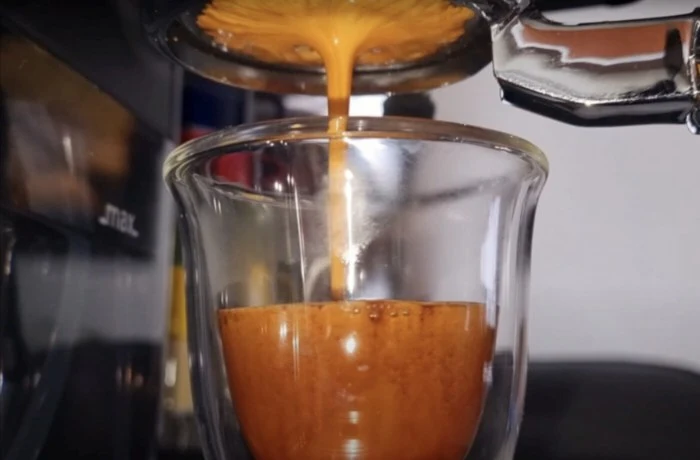Espresso is the foundation of many coffee drinks. Whether you enjoy a straight shot or a milky latte, understanding the volume of an espresso shot is essential. This article explores the standard measurements, variations, and factors that influence the size of an espresso shot.
What Is the Standard Volume of an Espresso Shot?
A traditional single espresso shot typically contains 30 milliliters (1 ounce) of liquid. This measurement is based on Italian espresso standards, where precision is key. A double shot, the most common serving in many coffee shops, is usually 60 milliliters (2 ounces).
These volumes are not arbitrary. They result from years of refinement in espresso extraction. The right balance ensures optimal flavor without over-extraction or dilution.
Factors That Influence Espresso Volume
Several variables affect how much liquid ends up in your cup. Understanding these helps in brewing the perfect shot.
Coffee Dose
The amount of ground coffee used plays a big role. A single shot generally uses 7 to 9 grams of coffee, while a double shot requires 14 to 18 grams. More coffee means more resistance to water, altering extraction time and volume.
Extraction Time
The ideal extraction time for espresso is 25 to 30 seconds. Shorter times produce under-extracted, weak shots with more volume. Longer extractions yield less liquid but risk bitterness.
Grind Size
Finer grinds slow water flow, reducing volume but increasing intensity. Coarser grinds allow faster flow, leading to larger, weaker shots. Consistency in grinding is crucial for repeatable results.
Machine Pressure
Espresso machines operate at 9 bars of pressure. Variations in pressure affect extraction speed and volume. Poorly maintained machines may produce inconsistent shots.
Regional Variations in Espresso Volume
Not all countries follow the Italian standard. Differences in taste preferences lead to varying shot sizes.
Italy: The Birthplace of Espresso
Italian espresso is strict—25 to 30 milliliters per shot. The focus is on intensity and crema. Any deviation is considered incorrect.
United States: Larger & Customizable
American coffee culture favors larger servings. A single shot may range from 30 to 50 milliliters, while doubles reach 60 to 90 milliliters. Some shops even offer triple shots.
Australia & Europe: A Middle Ground
Many European and Australian cafés serve double shots as standard, aligning closer to Italian volume but with slight adjustments for local tastes.
How to Measure Espresso Volume Accurately
Baristas use scales and timers for precision. Here’s how you can measure at home:
- Use a Scale – Weigh the output in grams (1 gram ≈ 1 milliliter for water-based liquids).
- Graduated Shot Glasses – Some glasses have markings for easy measurement.
- Time Your Shot – If volume seems off, check if extraction falls within 25–30 seconds.
Common Misconceptions About Espresso Volume
Many assume a “shot” is always the same. However:
- Ristretto – A “restricted” shot (15–20 milliliters) using less water for a sweeter taste.
- Lungo – A “long” shot (50–60 milliliters) with extended extraction, often bitter.
- Doppio – Simply a double shot, not a different style.
The Role of Crema in Espresso Volume
Crema, the golden foam on top, is part of the liquid measurement. A well-pulled shot has 1–2 milliliters of crema, adding texture and aroma. Poor crema may indicate stale beans or incorrect tamping.
How Espresso Volume Affects Drink Recipes
Different coffee drinks rely on specific shot sizes:
- Macchiato – A single or double shot “stained” with milk.
- Cappuccino – Typically 60 milliliters of espresso with equal parts milk and foam.
- Americano – A shot diluted with hot water, varying in strength.
Conclusion
The standard espresso shot is 30 milliliters, but many factors influence the final volume. From grind size to regional preferences, understanding these elements helps in brewing better coffee. Whether you prefer a intense ristretto or a long lungo, knowing the measurements ensures consistency and quality in every cup. By mastering these details, you can appreciate espresso not just as a drink, but as a craft.
Related topics:
Best Espresso Pods for Nespresso
How Long to Pull a Double Shot of Espresso
Buon Giorno Coffee: A Journey to Exceptional Espresso & Beyond


